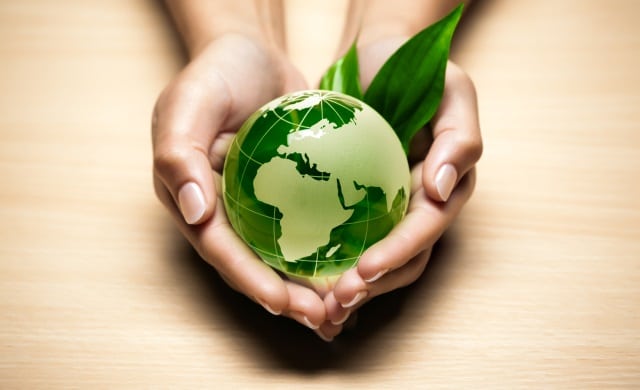
Engaging in CSR by partnering with an outside organization is a two-way street. It needs to make sense for your brand and be consistent with your values and message to convey authenticity and make an impression. Likewise, those organizations you seek to partner with will scrutinize you to make sure you are making a full and honest commitment, rather than trying to paper over cracks in your corporate reputation by throwing money at a charity.
In PR News’ Corporate Social Responsibility & Green PR Guidebook, Vol. 7, Renee Lewin, the former associate publisher/marketing for Good Housekeeping, addresses the all-too-common modern practice of "greenwashing;" that is, promoting environmentally friendly programs to deflect from less-than-sterling corporate practices. If this sounds like it might apply to you, pull up right now before you put any more energy into your efforts, because major green NGOs are very concerned about aligning themselves with such brands.
In her article, Lewin offers some best practices from Good Housekeeping's Green House project as advice for how to avoid greenwashing:
- Commit for the Long Haul. Green practices are not for the faint of heart. Brands need to realize fully the cost of a long-term commitment. If you foresee a time when you may need to cut corners, perhaps green is the wrong path from the outset.
- Prepare for Skepticism. Consumers will want to understand why you are going green and what credentials you bring to the table.
- Build on an Element of Your Brand Equity. Find something significant that your brand stands for as the bedrock of your foray into green. In the case of Good Housekeeping, it was the trust engendered due to more than a century of independent product testing in the Good Housekeeping Institute’s research labs.
- Partner with experts. If you lack expertise in green, find a qualified partner and leverage its expertise and track record. With blue-chip green clients like Patagonia and Aveda, consultants Brown & Wilmanns Environmental had a reputation that was mandatory for the iconic Good Housekeeping brand.
Lewin goes on to explain how Good Housekeeping used multi-level PR to address all its stakeholders, but is careful to note that the brand was successful only because there was a solid foundation in place for establishing green credentials.
Read the full article and many more in PR News’ Corporate Social Responsibility & Green PR Guidebook, Vol. 7, which includes chapters on philanthropy and human rights communications, sustainability initiatives and reporting, and employee and stakeholder communications.
Follow Ian Wright: @ianwright0101

